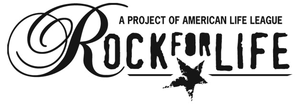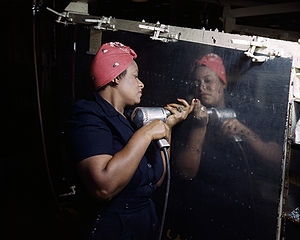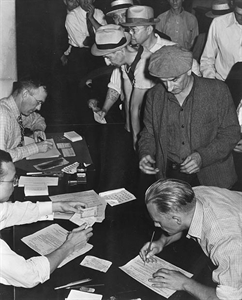Assistance Dog Day 2024 is on Sunday, August 4, 2024: any small assistanceservice dog out there?
Sunday, August 4, 2024 is Assistance Dog Day 2024. #1 Service Dog Registry. Service Dog ID & Cert Kit Only $44. Simple, service Dogs Go Everywhere
As an Amazon Associate I earn from qualifying purchases.

It's not the size of the dog that causes allergies. Poodles come in all three sizes (standard, miniature and toy) and are considered one of the least allergen producing breeds.
The others are correct that your landlord cannot restrict the size of a real working service dog.
A small dog is not going to be able to open doors. He just won't have the weight and strength to get the knob to turn and you'd have to put extenders on all the doors and he couldn't do doors outside your home because of no extenders, and so on. So if you need doors opened, you're going to need at least a medium sized dog.
Retrieving is also problematic. Small dogs cannot retrieve large objects. They can't handle the weight and their mouths don't open as wide. It's also very hard on a small dog to ask it to repeatedly jump down, get something, then jump back up again over and over throughout the day. These little dogs are jumping from and to heights considerably over their heads and it's very hard on their joints. So again, if you really need a dog to retrieve things for you, then you need a medium sized dog.
Very few programs are going to place a small dog for all of the reasons I've outlined above, so you'd have difficulty finding one anyway. Unless you are already a skilled dog trainer, in which case you wouldn't be asking this question, you really wouldn't have much chance of successfully training one on your own.
So. You have a choice. If you need an actual service dog, start applying at programs. The waiting period is typically a few years, which is not surprising since it typically takes 18-24 months to actually train a service dog. The program will pick the dog that suits your needs and you'll probably have little choice on breed, if any.
Or....if you don't actually need the dog to perform tasks for you, you could get an emotional support dog instead for the depression. No special training is needed beyond ordinary good pet manners. You can pick one out at the pound. However, be aware that an emotional support animal is a pet, not a service dog, and it cannot be taken places where other pets are not permitted. Your landlord would also be able to place a size restriction on an emotional support animal.
If you want a service dog, here's an article that explains how to get one, including instructions for finding a program to apply to:
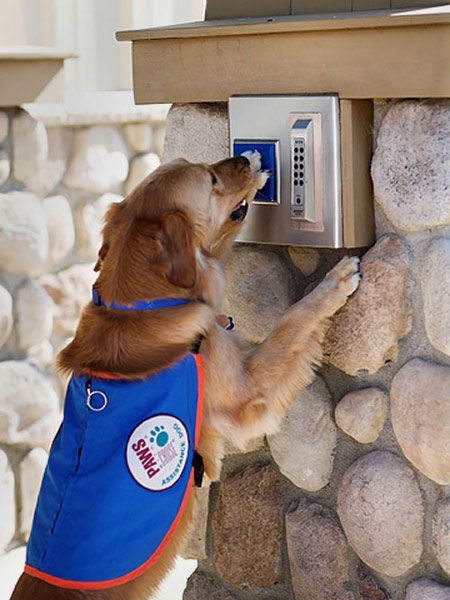
How can an assistance/service dog help a person with heart disease?
A service dog has to be trained to do something that the disabled handler can not do because of their disability. To figure out if one could help you need to make a list of things that he needs help with and then next to it, what a dog can do to help.
I'll use my medical condition and my service dog as an example:
syncope: dog alerts to blood pressure drops, allowing me to sit and not loose consciousness
not able to pick things up without causing syncope: dog picks up dropped objects
unable to seek help when needed: dog gets people by name
get dizzy, unable to walk straight: use mobility harness with dog to stabilize
become weak and unable to get out of bed: dog gets me water to avoid dehydration and medications
He has more, but do you get what you need to do? This is the best way to figure out what to train a dog for.
Oh, and before the people who don't know come on here and tell you otherwise, service dogs in the US are NOT certified or registered. You do NOT have to get one from a program and you CAN owner train.
To have a service dog, you must meet a 3 prong test:
1) the handler must be disabled per the ADA (has a medical or psychological condition that significantly negatively impacts one or more major life activity)
2) The dog must be trained to do something to mitigate the disability.
3) The dog must be trained to behave properly in public.
ETA: Didn't catch the whole Canada thing. The way to figure out what you need is the same. The way to get a dog is not. Canadian service dog laws vary by provence but I do believe that they do all require certification by a recognized organization.
Oh, and its Farfa not Fartfa!
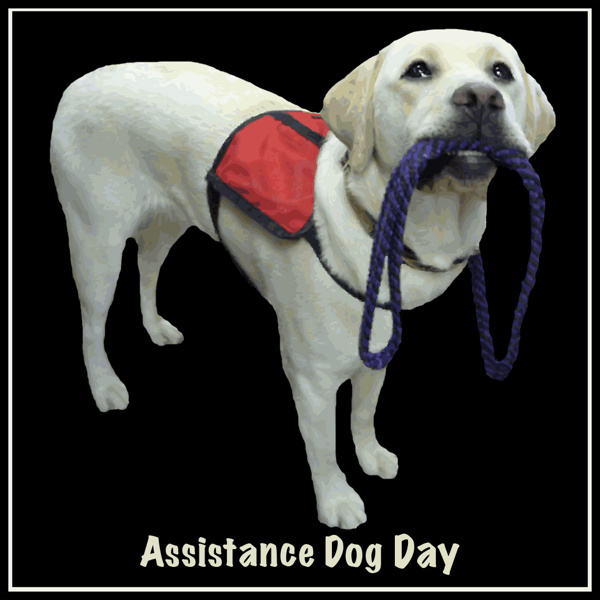
How can you tell if your dog is about to have puppies?
Pregnancy in dogs last approximately 63 days (56-69 days). Toy breeds may deliver a week earlier while large breeds often deliver later. Two weeks before your dog’s due date, begin to take its temperature at noon. Purchase a rectal or oral thermometer but use it rectally. You can lubricate it with margarine or KY jelly and insert it about an inch. Leave it in place for three minutes. Your dog’s temperature should be between 101 and 102.5 Fahrenheit. When the pet’s temperature drops below 100F she should deliver the pups in less than twenty-four hours.
Stage One of Labor:
During the first stage of labor the cervix begins to dilate and uterine contractions begin. These contractions are painful and perplexing to the dog. She will appear quite uncomfortable and restless - pacing, shivering and panting. She probably will not eat and she may even vomit. Some dogs whine persistently. Others occupy themselves building a nest. Uterine contractions, although occurring, are not as easy to see as in humans. This is the longest stage of labor. It generally lasts six to eighteen hours. By the end of this period the dog’s cervix will have completely dilated for the puppies to pass. During this period keep the mother’s environment quiet and calm. I usually shut them off in a darkened area such as the bathroom.
Stage Two of Labor:
During the second stage of labor, uterine contractions begin in force. As this stage progresses the placental water sacks break and a straw-colored fluid is passed. Placentas are expelled after each puppy or sporadically during labor. Pups usually appear every half-hour or so after ten to thirty minutes of forceful straining. As the pups deliver, the mother will lick the puppy clean and bite off the umbilical cord. It is important to let the mother do this, if she will, because through this process she bonds with her puppies and learns to recognize them as her own. The rough licking of the mother stimulates the puppies to breathe and improves their circulation. The mother will probably eat some of the afterbirths. If the bitch does not tear away the sac and lick the pups to stimulate respiration, the owner should tear the sac open, clear all fluid away from the pup's nose and mouth, and vigorously rub the pup to stimulate breathing.
It is not uncommon, however, for the mother to take rests during labor and up to four hours can pass between some puppies. If more than four hours have passed without a puppy and you are certain more puppies are present take the dog to a veterinary hospital. Also seek assistance if the mother strains forcefully for over an hour without producing another pup. If you see the rear legs of a puppy protruding from the dog’s vagina you can assist the mother by gently pulling the puppy in a downward and rearward arcing motion. You must do this very gently because puppies are fragile and easily hurt. It is normal for many puppies to be born rear feet first or breach. When a mother dog is stuck in incomplete labor the first thing I do is administer oxytocin and calcium to stimulate uterine contractions. If the puppies are too big to pass through the birth canal or the oxytocin fails to induce successful labor, I perform a cesarean section on the dog.
Stage Three of Labor:
The concept of a third stage of labor is borrowed from human labor terms. It is a very indistinct period in dogs. Once all the puppies have been born the dog enters this third stage of labor during which time the uterus contracts fully, expelling any remaining placenta, blood and fluid.










